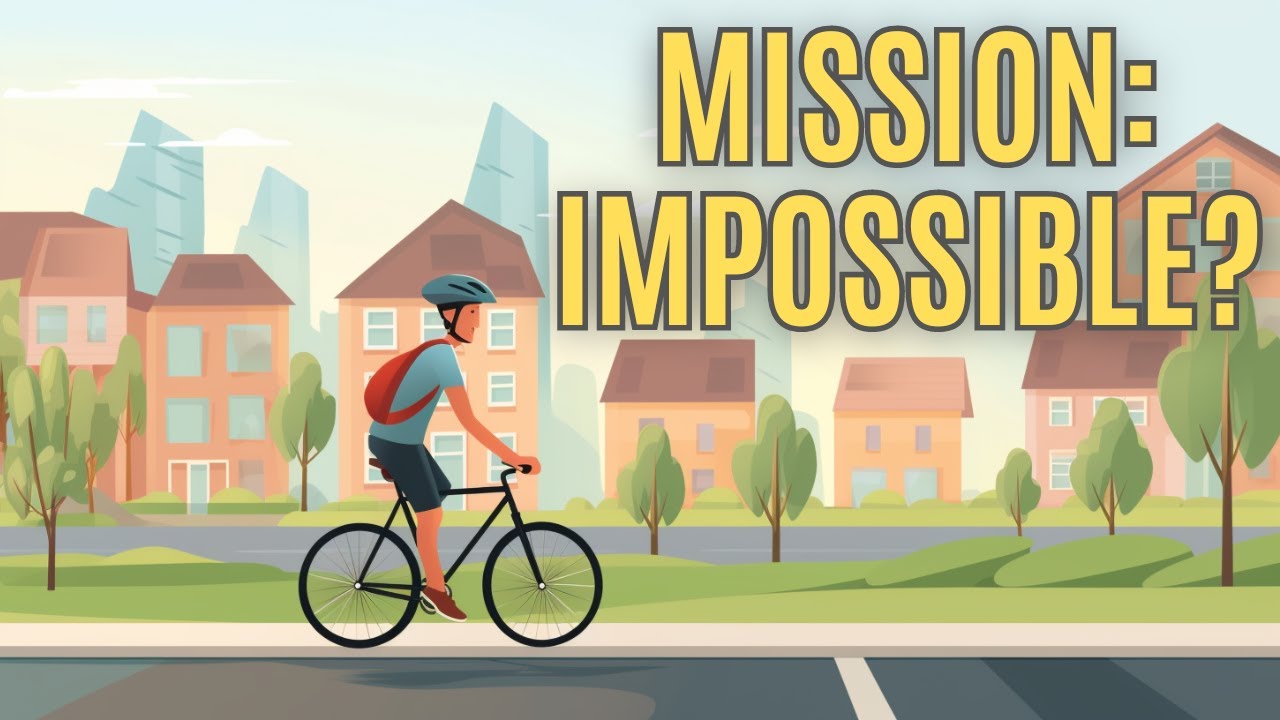23
With its lower densities and longer distances, is suburbia inherently incompatible with cycling for transportation, or could high-quality protected bike infrastructure make this environment comfortable and practical to bike in? While not all suburbs are created equal, you might be surprised at how much potential there is.
Keep Urbanity rolling:
Join our Patreon for early releases: https://www.patreon.com/ohtheurbanity
Subscribe: https://www.youtube.com/channel/UCN5CBM1NkqDYAHgS-AbgGHA?sub_confirmation=1
Join us on Twitter: https://twitter.com/OhUrbanity
Data & Analysis:
The data analysis was done in R, using the 'osmdata' package to pull data from OpenStreetMap and using 'cancensus' and 'tidycensus' to access Canadian and American population data.
References:
Median commute in different parts of the Los Angeles metro area: https://scag.ca.gov/sites/main/files/file-attachments/ej_jhfit_scag_2021trb.pdf?1612993870



I ebike regularly to work, but still far from everyday. 25km/15mi each way makes it a bit time consuming. But I live within walking distance of a grocery store, a gym, elementary, middle, & high school, multiple pharmacies, all sorts of medical facilities, multiple parks, cafes, restaurants, a transit station (that unfortunately doesn’t actually get used except for rushhour, which is irrevelant for me), etc. Very little reason to drive outside of the commute here and things like trips to visit family. Still the infrastructure leaves some to be desired, but you don’t even need a bike to get to most amenities in a reasonable time.
And I live in an area that is one of the most common go-to examples of car-centric infrastructure. Granted, much more sparsely populated suburbs do exist in the area as well.